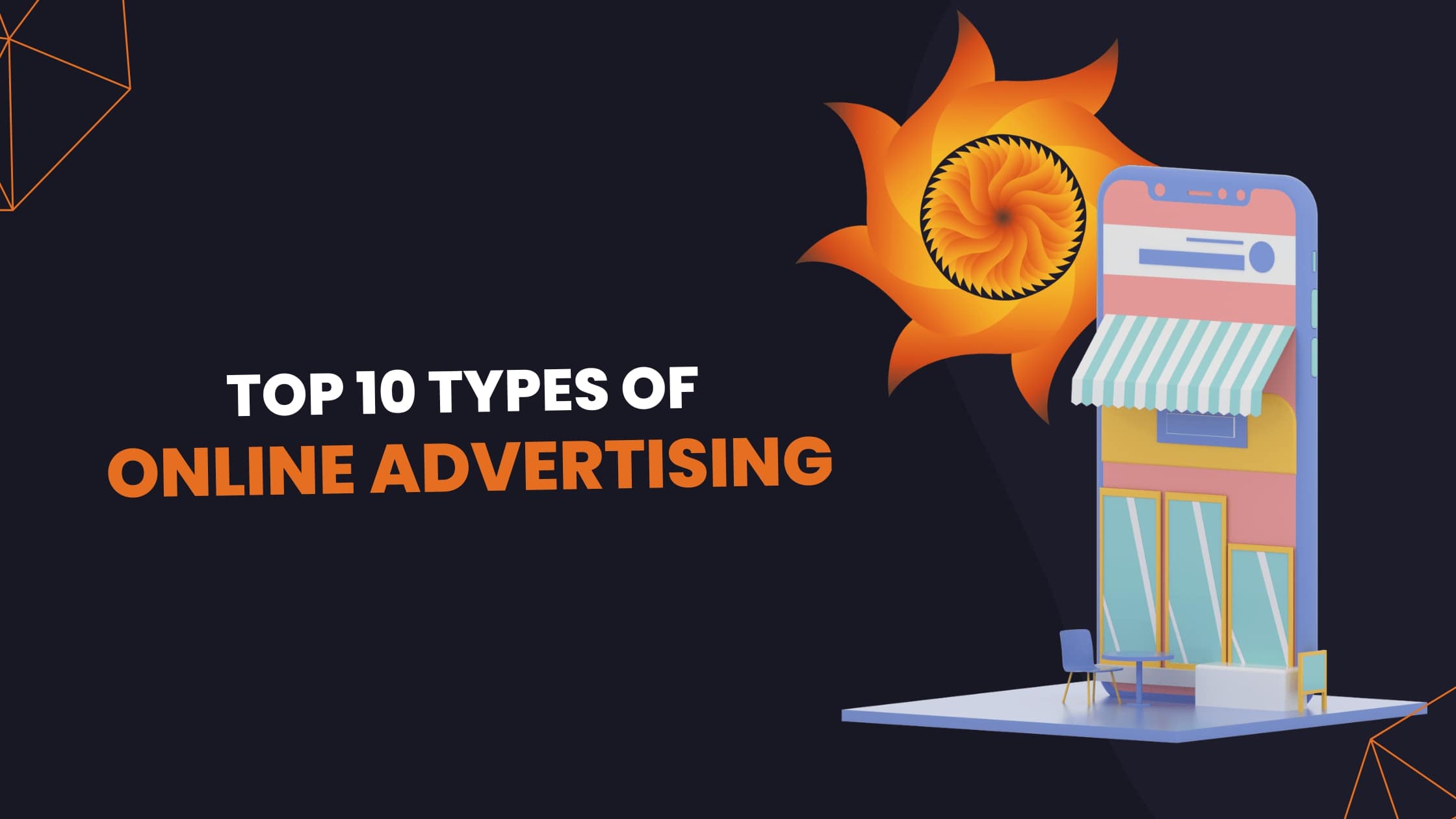The Decline of Third-Party Cookies:
For an extended period, third-party cookies have functioned as the fundamental infrastructure of digital advertising, allowing advertisers to monitor user actions across the internet. Nevertheless, mounting apprehensions regarding privacy and data security have prompted prominent browsers such as Safari and Firefox to obstruct third-party cookies, and Google has also decided to gradually eliminate them on Chrome. Businesses have allocated an astonishing $930 billion towards social media marketing since 2017, underscoring the pivotal role cookies have played in the realm of digital advertising.
Implications for Marketers:
The discontinuation of third-party cookies poses several difficulties for marketers. Deprived of this essential data, conventional methods of targeting and measurement need to be updated. Marketers are being required to seek alternate approaches for audience targeting and attribution, placing more emphasis on using contextual targeting, first-party data, and sophisticated analytics techniques. According to a poll conducted by Statista, mobile advertising will account for 83% of total ad expenditure in 2024. This highlights the need for marketers to adjust their strategy to prioritize mobile platforms.

Adapting to Change:
Although the decline of third-party cookies brings difficulties, it also offers prospects for ingenuity and originality. Marketers who adjust to the current circumstances by implementing privacy-centric strategies and allocating resources towards alternate targeting approaches have the potential to earn a competitive edge. Marketers may enhance the relevance and personalization of customer experiences by using first-party data, maximizing contextual targeting, and prioritizing creative quality. New research reveals that 52% of advertising expenditure is squandered on subpar creative content, underscoring the need to allocate resources towards achieving creative excellence in order to optimize campaign efficacy.
Strategizing for Disruption: A Guide to Achieving Success
When confronted with uncertainty, it is crucial to engage in proactive preparedness. In anticipation of the complete effects of cookie deprecation, marketers may use several measures to minimize risks and capitalize on opportunities:
Revise your Measurement Strategies:
Update your measurement strategies by using comprehensive approaches like experiment and marketing mix modeling to effectively traverse the changing terrain of attribution.
Utilize First-Party Data:
Utilize the potential of first-party data to discover fresh insights and drive audience targeting initiatives.
Adopt Contextual Targeting:
Transition to approaches that prioritize context in order to maintain relevance in a world without cookies while also allocating resources to improve the effectiveness of creative content.
The Rise of Contextual Targeting:
The emergence of contextual targeting as a viable alternative is a direct response to the growing constraints of third-party cookies. Contextual targeting enables marketers to serve advertisements based on the subject matter of the webpage rather than relying on user data. This approach offers a privacy-conscious method to reach specific audiences. Marketers may optimize engagement and efficacy by strategically placing ads alongside relevant information, all while maintaining user privacy. Statista projects that the whole social media advertising market will see a Compound Annual Growth Rate (CAGR) of 3.8% over the next four years. This emphasizes the ongoing significance of digital advertising in the marketing industry.

The Significance of Creative Quality:
In the age of cookie deprecation, the value of creative quality becomes even more crucial. Given the restricted possibilities of granular targeting, the quality and relevancy of creative content is of utmost importance. Marketers should prioritize the creation of persuasive and influential content that deeply connects with viewers and motivates them to take action. To optimize the impact of their efforts and beyond the constraints of cookie-based targeting, marketers may achieve great results by investing in “creative creativity”. The efficacy of Sage’s rebranding endeavors, which yielded a 12% increase in sales, highlights the significance of innovative superiority in propelling commercial outcomes.
Conclusion:
In 2024, it is crucial to adapt and innovate in order to traverse the changing environment of performance marketing. To succeed in a world without cookies, marketers may prosper by adopting privacy-centric approaches, using data obtained directly from users, and making substantial investments in innovative and high-quality advertising. Although the decline of third-party cookies poses difficulties, it also creates possibilities for expansion and achievement. By proactively anticipating and accepting change, marketers may strategically position themselves for achievement in the next year and beyond.











0 Comments